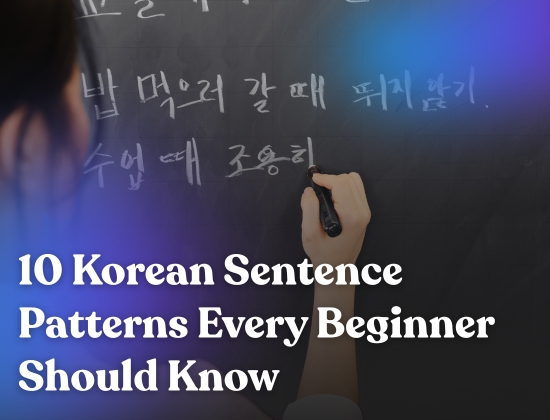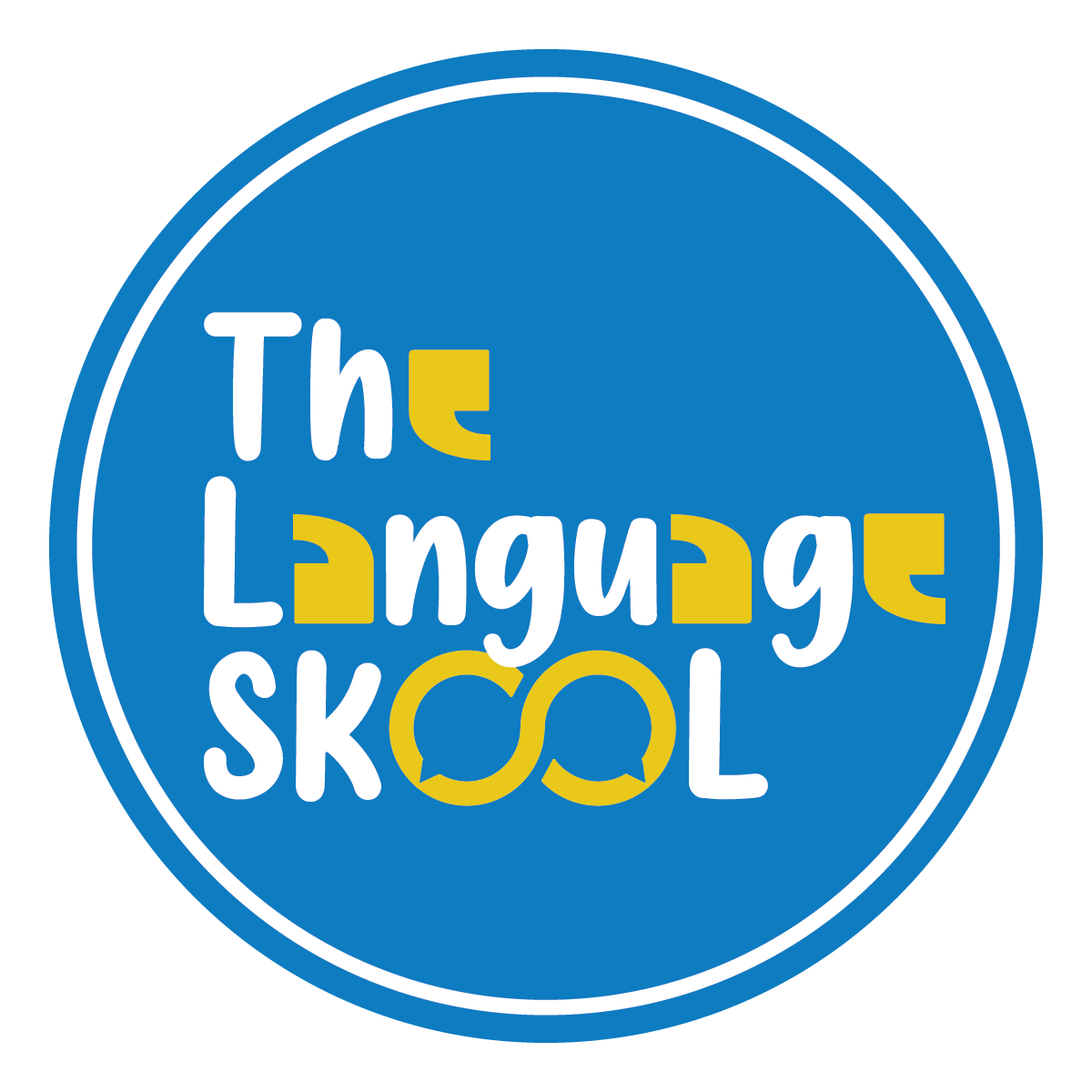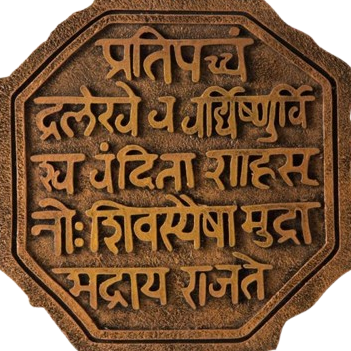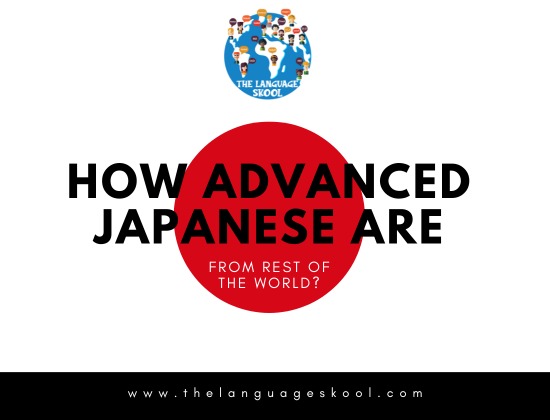
10 Korean Sentence Patterns Every Beginner Should Know
.
If you’ve ever found yourself binge-watching K-dramas and suddenly screaming “Oppa!” or humming along to BTS lyrics you don’t fully understand, welcome to the club. Learning Korean isn’t just about vocabulary lists or fancy grammar; it’s about unlocking patterns that make real conversations possible. Think of these patterns as the building blocks of your K-drama dialogues, your café orders in Seoul, and your fangirl/fanboy chants at concerts.
Here are 10 must-know Korean sentence patterns every beginner should learn, sprinkled with drama, coffee, and K-pop energy.
1. [Noun] + 이에요/예요 (It is…)
Meaning: “It is…”
Use this for simple introductions or statements.
-
저는 학생이에요 (jeo-neun haksaeng-ieyo) = I am a student.
-
이거 커피예요 (i-geo keo-pi-yeyo) = This is coffee.
Think of this as your “starter pack” sentence.
2. [Noun] + 있어요/없어요 (There is/There isn’t, I have/I don’t have)
Meaning: “There is/There isn’t” or “I have/I don’t have.”
-
고양이 있어요 (go-yang-i isseoyo) = I have a cat.
-
시간 없어요 (shi-gan eopseoyo) = I don’t have time.
Perfect for dodging plans politely.
3. [Verb Stem] + 고 싶어요 (I want to…)
Meaning: “I want to…”
-
한국 가고 싶어요 (han-guk ga-go sipeoyo) = I want to go to Korea.
-
자고 싶어요 (ja-go sipeoyo) = I want to sleep.
Warning: You’ll overuse this when you dream about K-dramaland.
4. [Verb Stem] + 아/어/여요 (Present tense conjugation)
Meaning: Present tense conjugation (general actions).
-
공부해요 (gong-bu-haeyo) = I study.
-
먹어요 (meo-geo-yo) = I eat.
Your bread-and-butter pattern. Without this, you’ll sound like a confused background character.
5. [Verb Stem] + 지 않아요 (I don’t…)
Meaning: “I don’t…”
-
몰라요 (mol-la-yo) = I don’t know.
-
가지 않아요 (ga-ji an-a-yo) = I don’t go.
Useful for shutting down spoilers or declining politely.
6. [Noun] + 주세요 (Please give me…)
Meaning: “Please give me…”
-
물 주세요 (mul ju-se-yo) = Please give me water.
-
김치 주세요 (kim-chi ju-se-yo) = Please give me kimchi.
Your lifesaver in Korean restaurants.
7. [Noun] + 은/는요? (What about…?)
Meaning: “What about…?”
-
저는요? (jeo-neun-yo?) = What about me?
-
커피는요? (keo-pi-neun-yo?) = What about coffee?
The ultimate comeback sentence.
8. [Verb Stem] + 을/를 잘해요 (I am good at…)
Meaning: “I am good at…”
-
요리 잘해요 (yo-ri jal-haeyo) = I’m good at cooking.
-
노래 잘해요 (no-rae jal-haeyo) = I’m good at singing.
Hello, karaoke flex.
9. [Verb Stem] + 을/를 못해요 (I can’t…)
Meaning: “I can’t…”
-
수영 못해요 (su-yeong mot-haeyo) = I can’t swim.
-
춤 못해요 (chum mot-haeyo) = I can’t dance.
Add dramatic flair by using it in a K-drama-worthy pout.
10. [Verb Stem] + 고 있어요 (I am doing…)
Meaning: “I am doing…” (present continuous)
-
공부하고 있어요 (gong-bu-ha-go isseoyo) = I am studying.
-
밥 먹고 있어요 (bap meok-go isseoyo) = I am eating.
Because sometimes “I’m busy” sounds better in Korean.
Wrapping It Up
Mastering these 10 patterns is like unlocking cheat codes in a K-drama. You’ll be able to introduce yourself, order food, fangirl/fanboy, and even reject plans politely, all while sounding natural.
So the next time you hear a K-drama character whisper 사랑해요 (saranghaeyo = I love you), you’ll know exactly what’s going on… and maybe say it back.
Ready to level up your Korean? Join us at The Language SKOOL and turn your K-drama dreams into full-blown conversations.












